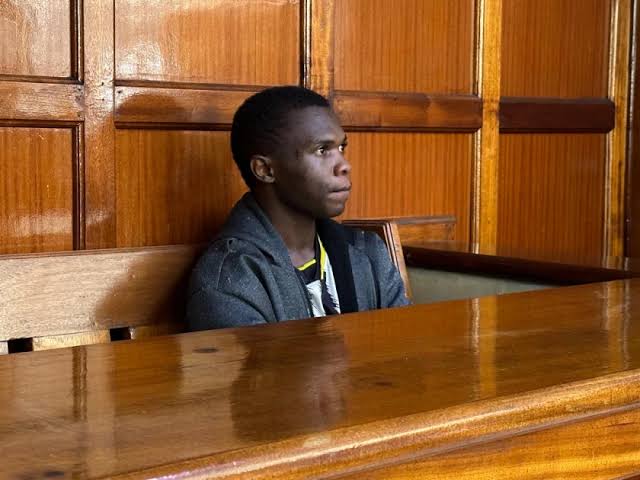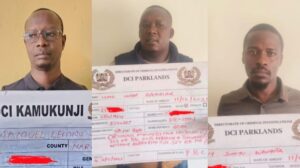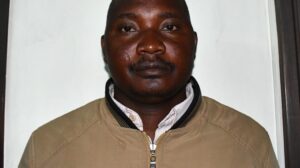The case involving Moi University student David Mokaya Ooga has taken a confusing turn after a digital forensic expert failed to directly link him to a viral post that falsely claimed President William Ruto had died.
The post, which circulated in November 2024, stated that “Ruto’s body leaves Lee Funeral Home,” sparking panic before being confirmed as fake. The accusation that Mokaya created or spread the post led to his arrest and court charges.
However, the latest developments from a forensic analysis have introduced doubt into the prosecution’s claims and left many wondering whether the student was wrongly accused.
A forensic analysis was carried out by Boniface Machibi, a cybercrime expert, on November 28, 2024. He used a tool called Cellebrite UFED to examine a Samsung Galaxy A23 phone and a laptop linked to Mokaya. While he did find a screenshot of the viral post on the phone and files on the laptop with timestamps matching the day the post was shared, he could not say for sure that Mokaya was the one who created or shared it. The expert made it clear that he could only connect the data to the devices, not to the person who used them.
This lack of certainty has become the central issue in the case. The defense team, led by lawyers Danstan Omari and Ian Mutiso, argued that the post could have been created by artificial intelligence or a bot and may not have come from their client.
They noted that several user profiles were associated with the devices, such as “boz gabi (landlord ke),” “urban trend ke,” and “masillas,” but none of them could be clearly linked to Mokaya. The prosecution has asked for more data from Safaricom, hoping to get more evidence that might help them prove the student was behind the post. But as of August 4, 2025, no new information has been produced.
The court has now adjourned the case to September 8, 2025, with Mokaya out on a Sh50,000 bond and continuing to deny all the charges.
Even though screenshots and data can be recovered from devices, it is often difficult to prove who actually created or shared the content.
That’s the situation here. The evidence is not strong enough to clearly tie Mokaya to the post, and this opens up wider discussions about whether Kenya’s current laws are enough to handle such digital cases.
Mokaya says the case is affecting his studies, and his lawyers have asked the court to delay hearings until his university session ends in mid-September.





















Add Comment